By Nizhoni Tallas, VWRRC Intern
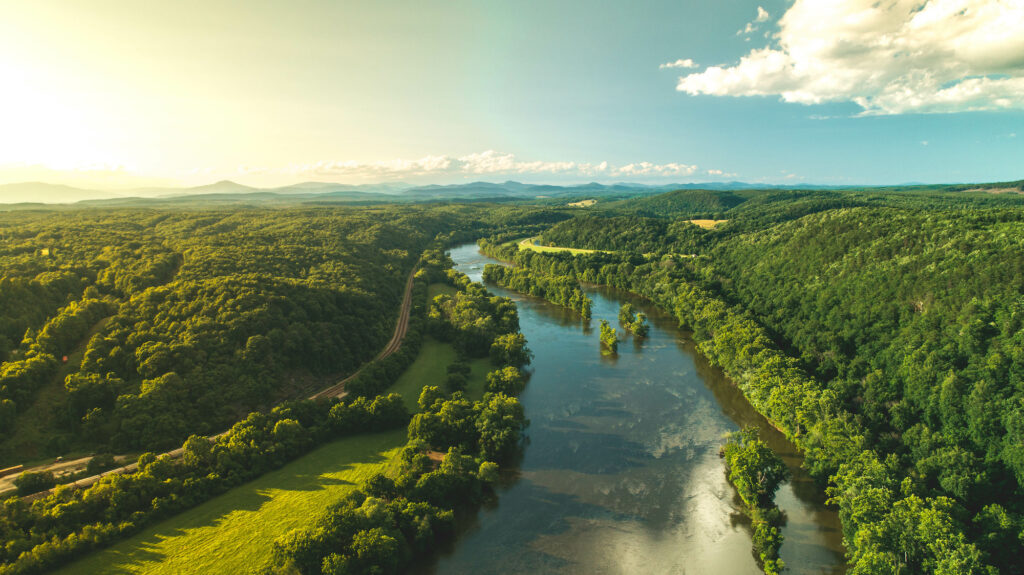
“Rivers were the highway and a life line”
-Monacan
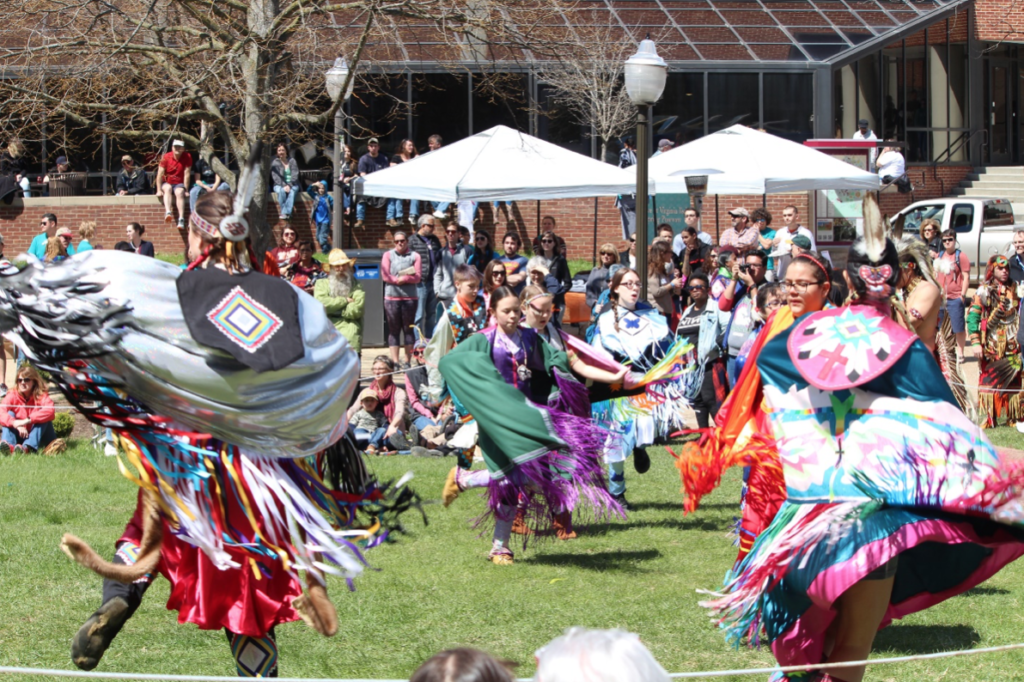
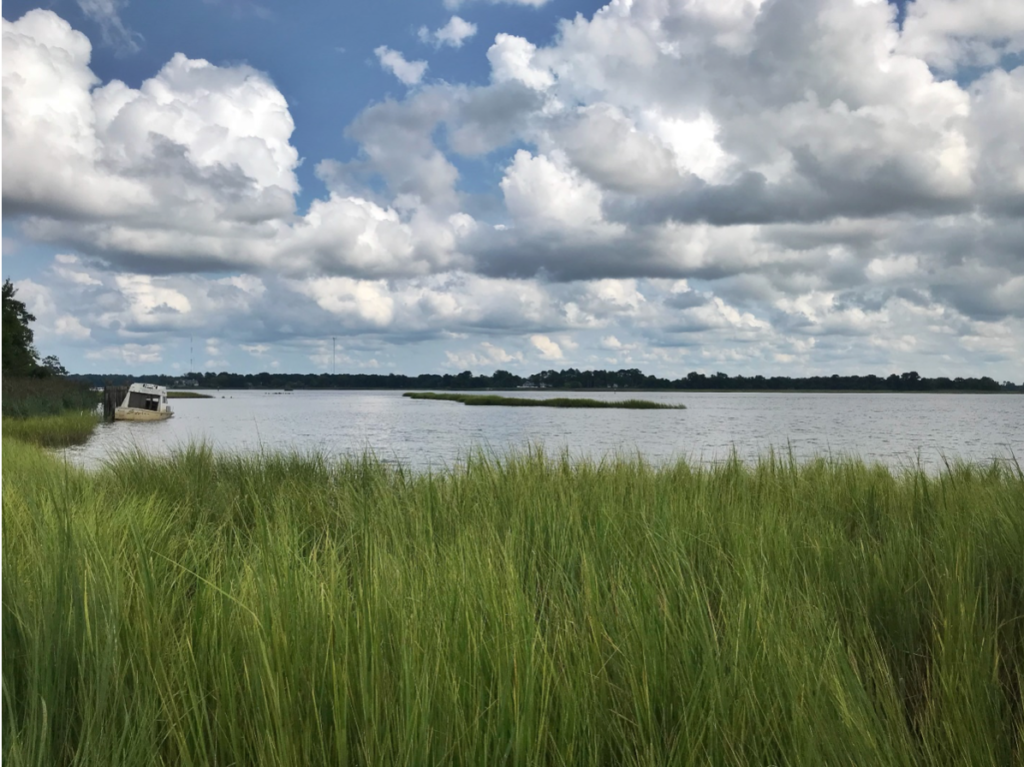
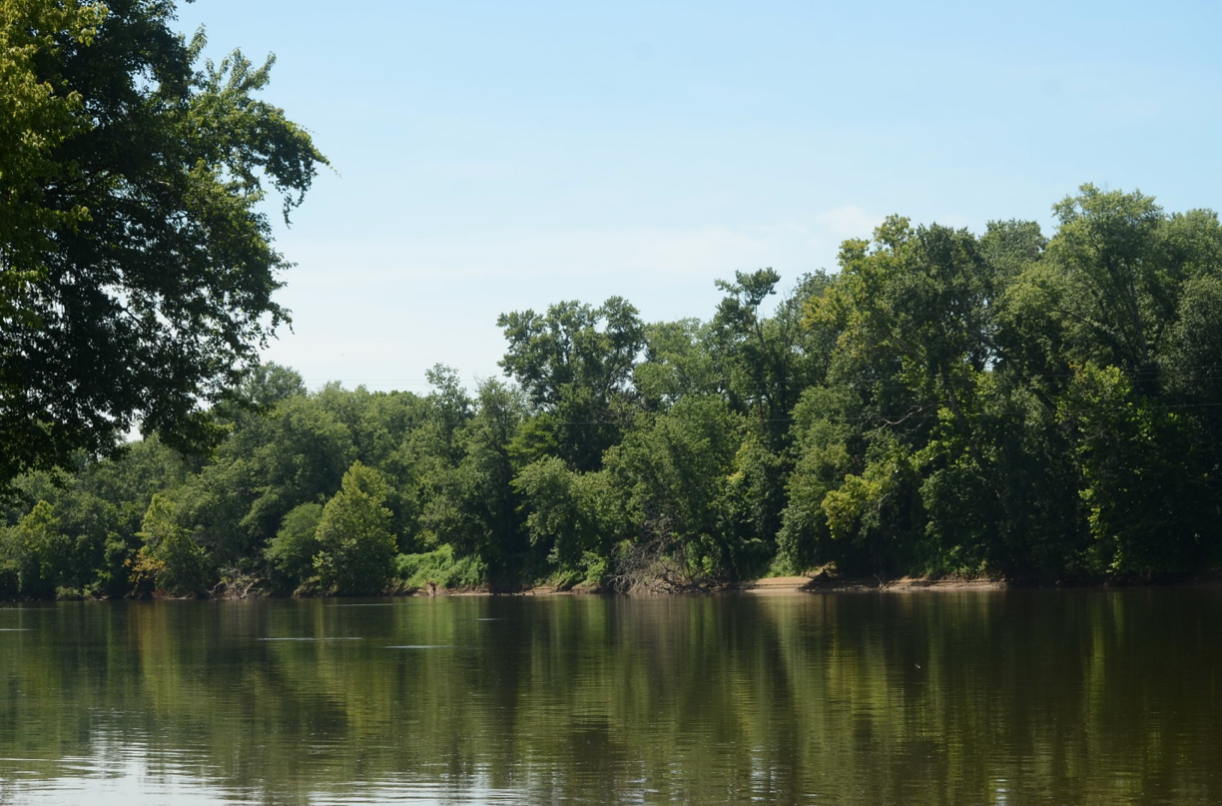
Above, Left to Right: Virginia Tech Spring 2018 Pow Wow (photo: Native at VT); Nansemond waterways (photo: Nikki Bass); Rassawek, historic capital of the Monacan Nation (photo: Carrie Tyree)
History
There were many thriving travel communities that were living throughout the state of Virginia pre-European contact. Once the English arrived in 1607, it began a time of genocide, violence, and disease affecting tribal communities. As a result, tribes lost thousands of their people and acres of homeland. Today Virginia tribes are finding ways to manage their lands and continue their traditional ways of life. They are currently 11 tribes recognized in Virginia and seven of them are federally recognized and four are state recognized. They are still here fighting for their rights and protecting the sacred environment now and for future generations to come.
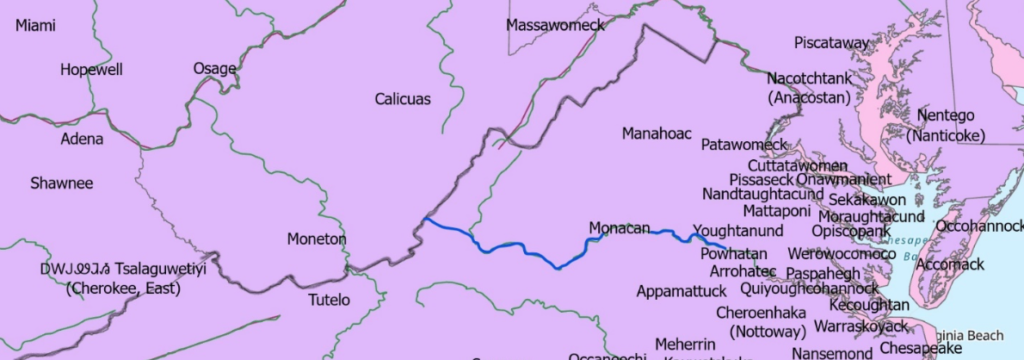
Cultural Significance
The James River, like many waterways, is crucial in sustaining the tribal communities in Virginia. The community see water as life, not as a commodity. It holds thousands of years of knowledge and history that is vital in understanding the world today. It provides water, food, and a way to transport goods and travel from one community to the next. It also holds cultural knowledge, which is used to understand how to manage the land and waterways. On top of that there are many ceremonial practices that are heavily involved with local waterways like the James River.
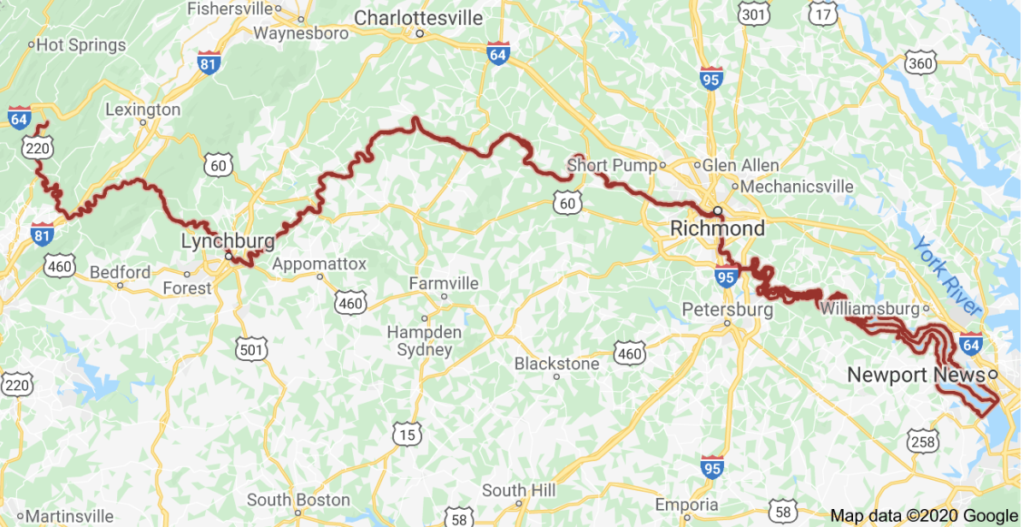
“Everything focused around our waterways”
-Nansemond
Water Issues Facing Virginia Tribal Communities
Climate Change
Water temperature is slowly increasing, which can harm the overall ecosystem. This leads to a decrease in water quality. Droughts have also become a problem due to climate change.
Limited Resources
Many tribes do not have the financial resources to help their communities with environmental issues. Some tribes do not have their own environmental management office. The tribes that were able to get federally recognized will now have the resources to create their own environmental offices. Some tribes are still fighting to get federally recognized, with some spending 30 years or more before they do.
Industrial Pressures
Presence of dams being built along large river such as the James River impacts the flow and water levels of rivers. In addition, groundwater is also decreasing due to local water demands. Along with quantity reductions, wastewater from communities, such as Richmond, on the James River are polluting rivers and threatening the water quality for tribes downstream. These impacts can affect important resources such as oyster populations in the Chesapeake Bay.
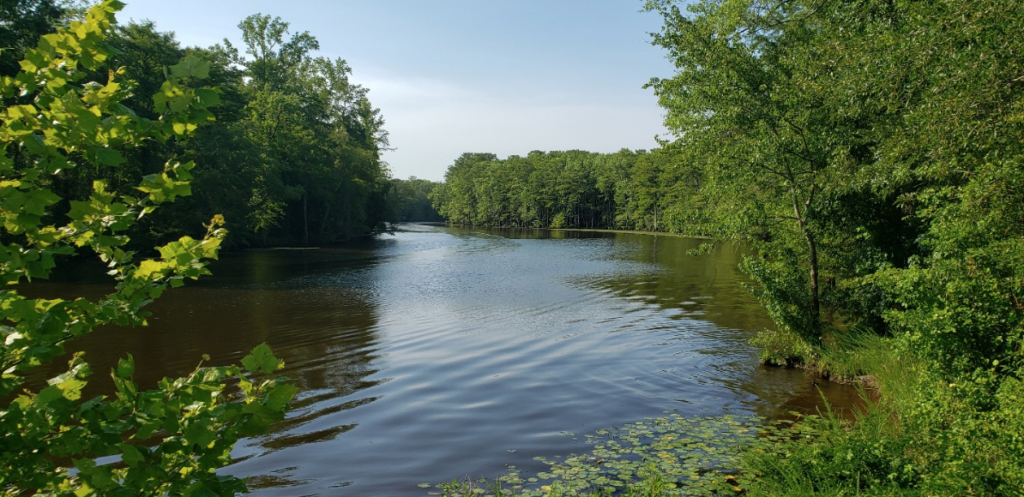
“People are worried about having clean water”
Chickahominy
For More Information…
Virginia Places – Where are the Native Americans in Virginia Today?
Virginia Indians – Secretary of the Commonwealth – State Recognized Tribes
Virginia Tech American Indian & Indigenous Community Center
Videos:
Virginia Indians: Meet the Tribes
US Recognizes Six Virginia Native Tribes after Decades-long Fight
Werowocomoco: Protecting a Powhatan Place of Power
Documents:
The Virginia Indian Heritage Trail, published by the Virginia Foundation for the Humanities
Acknowledgements
Rufus Elliott- Monacan
Nikki Bass- Nansemond
Dana Adkins- Chickahominy
Vicky Ferguson- Monacan
Chief Walt Red Hawk Brown- Cheroenhaka (Nottoway)
This webpage is also published as a brochure. To obtain copies of this brochure, contact Liz Sharp.
